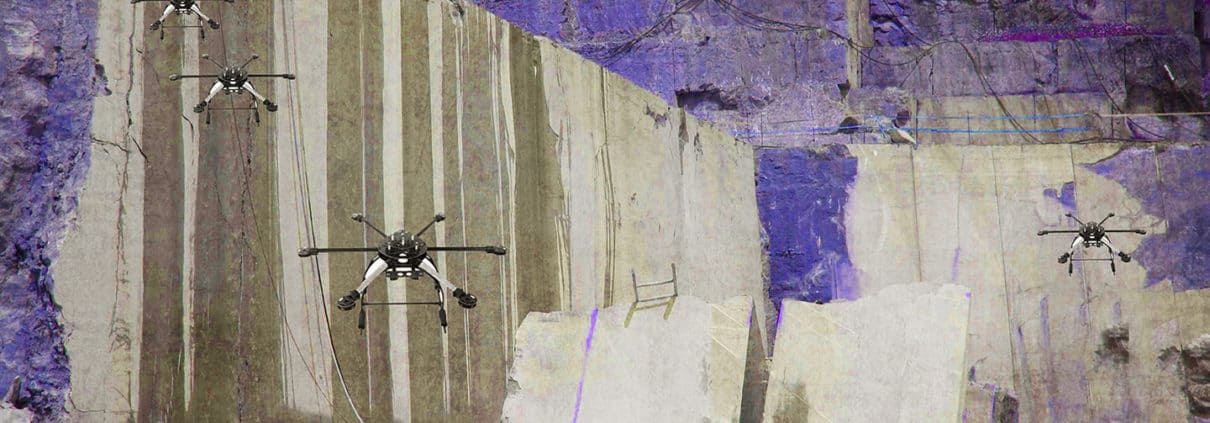After eleven minutes of furious digging, it appeared that my analysis of the situation had been faulty. I looked up at a small triangle of sky from three meters below the surface of the quad. I could hear Sivayna’s bent tread whistling to and fro as she continued moving the piles of soil and cellulose and wriggling nano-nematodes from our dig site. Her head peered over the edge.
“Nothing?” I heard, but I didn’t respond.
“I can’t see anything.”
I heard her moving around to get a better look.
I was uncertain. Unstable? I surveyed the hole I was standing in, and couldn’t think of what else to do. My protocols were indicating the clear course of action: inventory the PaxoSync damage, locate survivors, and begin reclamation. But those protocols were in direct conflict with my determination to rescue Kelvin at any cost.
Then two things happened at the same moment: I lowered myself to a semi squat, preparing to launch myself up and out, as Sivayna shined a beam of light down into my pit, and a tiny flash of fiery amber hit my retina. I held my position and scanned until I found the anomaly. There, in the dirt rubble, was a stone. I recognized it at once.
It was a small, polished, tiger’s eye sapphire. Kelvin’s prized amulet. The same one thrown into a tiny Jamaican courtyard on the day of his birth, by an Obeah witch named Amoya Zidane.
I keep digging until I find what I’m looking for. I felt things beginning to lock into some larger puzzle, but one whose solution still escaped me. I slipped the gem into my mag pocket, and continued digging. After another two and half minutes, I reached a hard, manufactured surface. It was an entrance hatch of some sort. It had no obvious control panel, so Sivayna lowered herself down, and ripped it off with her immensely powerful arms.
Before she could object, I leapt into the opening. I slid for a moment through some sort of extruded tube, and landed on a hard surface in darkness. Automatic lighting flickered on, and I found myself standing in a mid-21st century bullet train car.
I located its provenance in my historical database. The last of its kind, built by CRRC Qingdao Sifang Co., LTD, for what would eventually become QuestAR, with the purpose of connecting its north and south campuses. It had been used twice, and never again, having become operational at the peak of the final T6 myoviridae pandemic. Sivayna dropped down next to me, and looked around, clearly bewildered. Every surface still gleamed, white walls, chrome accents, red leather seats. The quad had been built directly on top of it, so, evidently it had been intentionally preserved intact, and operational. And even without a record of it, I was now certain by whom.
“Shall we take a ride, Sivayna?”
Without a word, she lowered herself into one of the two high-backed seats at the front of the car. I sat in the other. It took some time to figure out how Kelvin’s tablet had operational control, but within minutes we felt the car rise into position over the maglev track. A moment later, we shot forward with such force that we were pinned to our seats. Ahead, a tiny square of light quickly grew until we burst into daylight, above ground, at a hundred-and-twenty-three- and-a-half meters per second. I knew where we were going, and that it would take us, at this speed, just over one hour to get there. What happened when we arrived at the SWSL campus was uncertain. Sivayna discovered a charging plate in the armrest, and went into full-rest mode. I had been on reserve power for the last two hours, so also took avail of the juice, but stayed operational.
As we hurtled south, I looked out at the world racing past. I’d never actually been beyond our campus. Here was the stark evidence of the once great human civilization I’d only ever seen virtually: harsh, sun blighted desertscape interrupted occasionally by abandoned machinery, and beyond, the grey skeletal remains of cities. I took out Kelvin’s tiger’s eye sapphire and studied it. Closed my eyes and went into charge-rest.
A memory: Kelvin’s office, my second build. I had noticed that this same stone was missing from its usual position atop a stack of ancient textbooks. As I was scanning the top title, Kinematics in Space, Kelvin dropped an equally old book on top of it, and jabbed a finger on an open page. With his other hand, he waved for me to read aloud. I read:
“The vices of mankind are active and able ministers of depopulation. They are the precursors in the great army of destruction, and often finish the dreadful work themselves.”
Kelvin interrupted me there with a question. “True or false, Bigfoot?”
At the time, I had no frame of reference for this. I answered “True?” Kelvin nodded vaguely, removed the book, and moved on to other business. Now that my builds had nearly finished knitting together, I had access to historical data and anecdotal information regarding the extinction of Homo sapiens sapiens on a meta scale, and recognized this as having been written by Thomas Malthus in 1798 in An Essay on the Principle of Population, Chapter VII. I decided, having some time to spend, to focus all of my cognitive heuristics on this question I had recalled for some reason, and not been able to answer. It didn’t take long to develop a fairly clear response. And it seemed fitting for this particular journey.
The odd thing about this observation is that Malthus himself, and the Neo-Malthusians who followed, did not actually believe that any great catastrophe of depopulation would ever happen, due to the fact that built-in systemic limiters would check human population growth naturally based on available resources in a sort of eternal symbiotic curve.
As this mitigating theory went, the so-called “great army of destruction” would never be able to grow large enough to, in human vernacular, “eat itself out of house and home.” But it failed to pay heed to the most critical oversight of Malthus’s theory, which is that “the vices of mankind” themselves were not fixed. They too evolved. And, over the course of just less than three centuries, a new human vice had indeed emerged, and it was deceptively simple: expectation. That, whatever disaster may come, man-made or otherwise, the human race would inevitably figure a way out of it through technology. Such had become routine. It was expected.
So, public emergency efforts focused on global biome collapse caused by climate change, and it achieved remarkable success, specifically the initial startup of what would become the SunWindSea linkage, as did Kelvin’s other truly novel recycling theory (and later, self-sustaining island) Nylontia5G, the nanofermentation of the “Great Pacific Garbage Patch” through the use of ferrofluids. The problem was, while public funding and interest became fixated on reclamation, private industry’s exploitation of genetic manipulation for profit (with the enthusiastic cooperation of the many governments already in its grasp) evolved so quickly out of human control that Malthus’s quote seems alarmingly quaint in retrospect.
That it happened so fast was due to a shockingly small combination of factors. Just a hundred and fifty years before, in the middle of the 21st century – the days of post-peak oil depletion, or “pea pod days” as Kelvin referred to them – the quest for economic profitability over all other needs had become accepted doctrine. And it proved costly.
The rapid die-offs, first, of all large primates other than humans,
which set in motion an unanticipated domino effect down through the species chains, rendered the ultimate extinction of humankind almost a tragic afterthought. Like the last person on an ancient sailing ship, clinging to the pinnacle of the main mast, as the vessel slowly goes down into a stormy sea. Did it even matter exactly when the last one succumbed?
PaxoSynchrony3, known historically as the Grand Trine, was the fusion of the last three megalithic human corporate enterprises, the vestigial remains of Applesoft, FaceNet Analytica, and TeslaGentec. It was born out of desperation. The desperation to find a way out of inevitable extinction. An escape which, it was expected, would be the end result.
It was to be revolutionary, a quantum leap in technological innovation. But while each of these competing entities proudly proclaimed – when there was still a human race in which to proclaim it – that it had created a new technological world, in actual fact, they had merely guaranteed the infinite duplication of the old world. Because, of course, embedded in its foundation was the intrinsic arrogance of modern human progress, which was built upon an economic system of conquer, subsume, and grow.
In the same way that human historical anecdotes describe the Emperor Nero “fiddling while Rome burned,” the three entities of PaxoSync struggled for dominance within their newly created entity, even as the world fell apart around them. Now, a century and a half later, with the last human – all seven percent of him, I still hoped – barely clinging to life, with global economics irrelevant, PaxoSync itself had become an ever more mechanical exercise in conquering and subsuming any outstanding technology it did not currently command.
In this case, the SunWindSea linkage, and PaxoSync’s decision to take control of it. Which is clearly what brought us to today’s confrontation. The curious thing was, as evidenced by my recent analysis of the three branches of the IPR global network, Kelvin had built something different with his opposing trio of apparently feuding entities, QuestAR, Quantilinear, and SWSL OpDirec. But it was impossible to see to what end.
Or was it?
I put every available particle of my system at the service of this new question. And I processed, for exactly thirty-three minutes, three-point-nine seconds. At that moment, I realized what must be done. Because I had collected enough data in my brief physical contact with Novozell to realize that Kelvin had tricked them. Kelvin was not the remote autonomous locus of SWSL. I was, once I had paired with his God key. I had a renewed sense of wonder at human ingenuity. At least this particular human. There was a reason he had lived this long.
Our speed noticeably decreased. I looked up. In the distance was the bottom arc of the SunWindSea linkage, where it disappeared over the sloped cut of the long glass and titanium structure of OpDirec. I followed the sweeping, gleaming arc of the SWSL nanotherm chain as it rose up into the sky. The rest of its length, where it entered the upper atmosphere and ultimately the exosphere, was obscured by cloud.
A human being would have no chance to do what I could see must be done. I pulled out Kelvin’s tiger’s eye sapphire. And as I studied this tiny little stone that had been so important to Kelvin’s youth, and in fact, his entire life, and now mine, I grasped something that I could not explain. It did not reside in any of my cognitive systems, it seemed to hang in between the haptic sensation of the actual stone in my hand and at the same time my conception of it, and also at the same time my understanding of that word grief. It was a comprehension which both existed and didn’t exist, as it was not localized in any of my three nodes of impression, but still was true, and real, and I understood. I felt. That is what it was. I felt the harmony of my centers. I saw what must be done.
“Sivayna. We’re here.”
She came out of rest, and nodded. We both watched as we entered the station bay. Evidently news of this astonishing and unprecedented arrival had spread. The entire length of the causeway was filled with curious bots and ARHoms of every build. Their faces flashed past as we slowed to a stop. The main door of the cabin slid open with a barely audible hiss. I rose and stepped out onto the platform.
DeeZx Stront, the series 5 OpDirec Commander, stood at the front of his operations team. He looked on, impassive, as Sivayna and I emerged. I smiled at him, and looked around at all the assembled members. Seeing that I had their attention, I spoke.
“Prepare for war.”
Next Episode
Copyright 2017 R. W. Frost and Mechanical Design 101
Graphics: Sara McCarthy Designs 2017

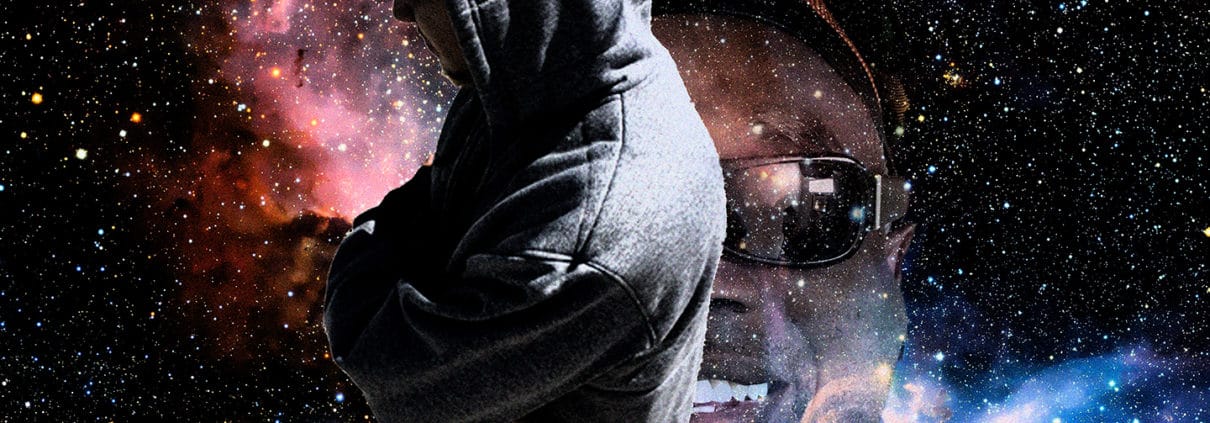 RA White and MD101
RA White and MD101
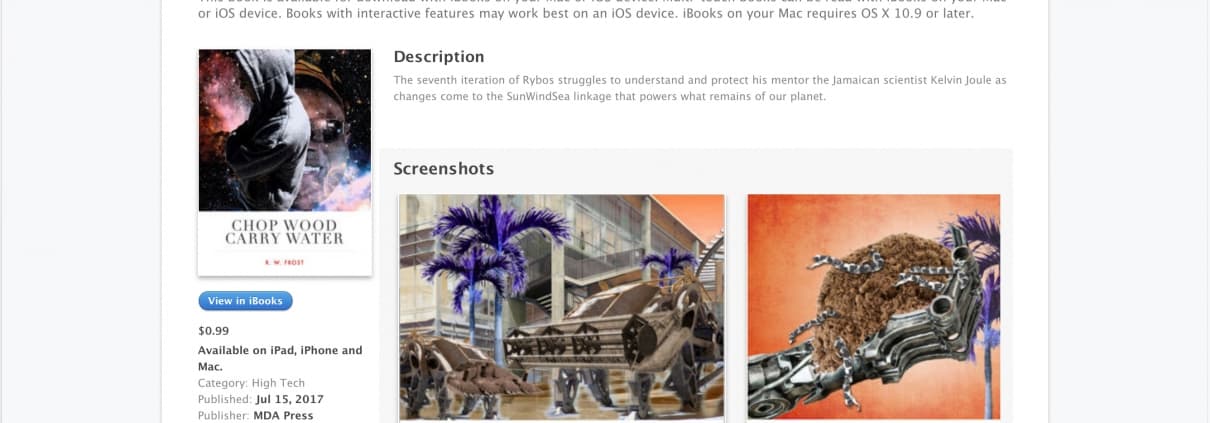 MDA
MDA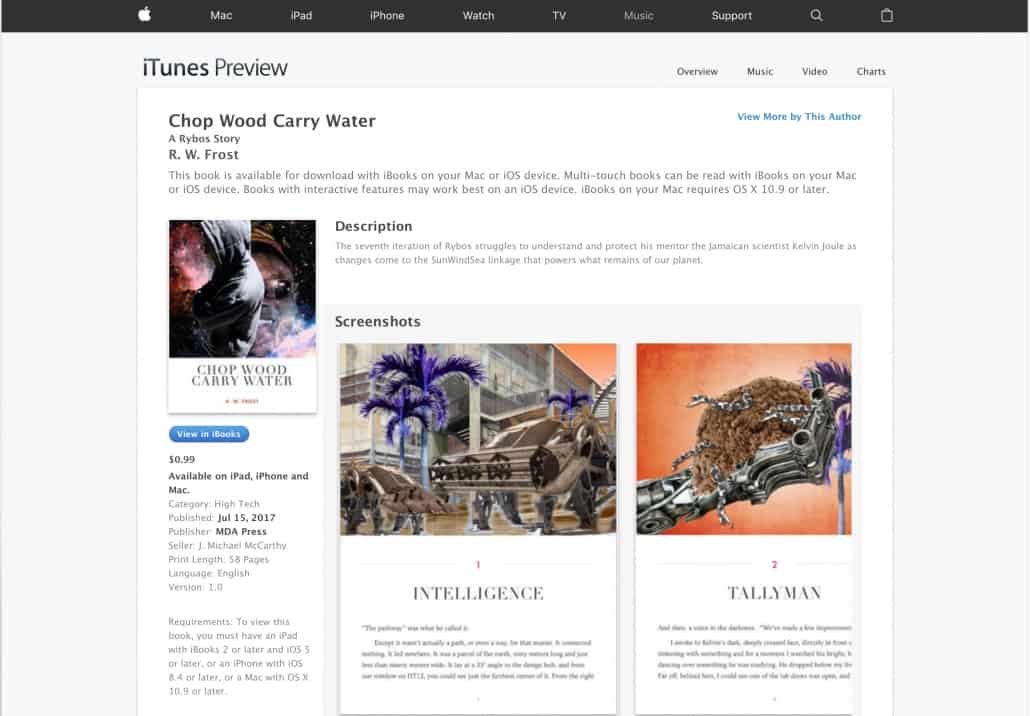


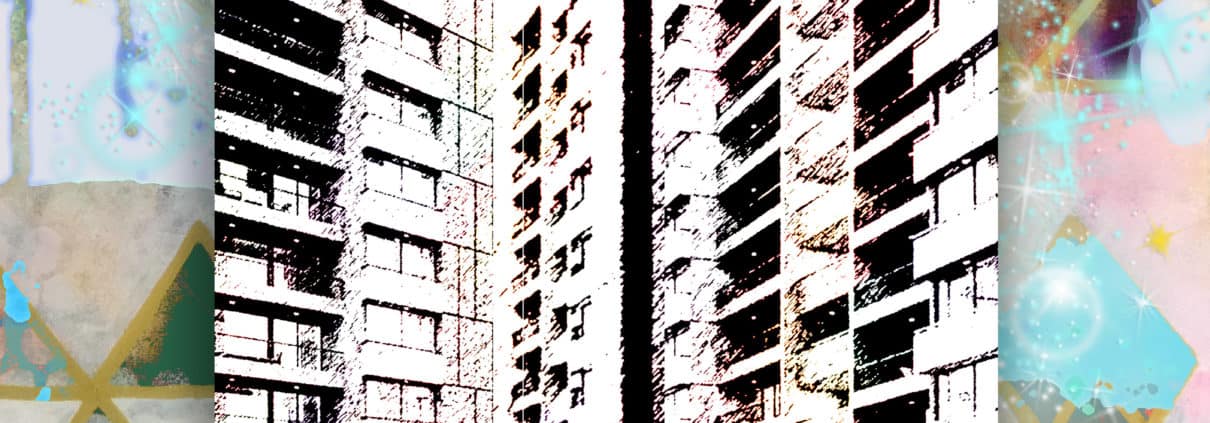
 MDA
MDA
